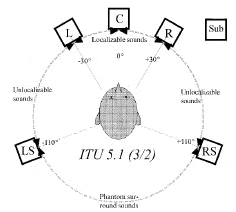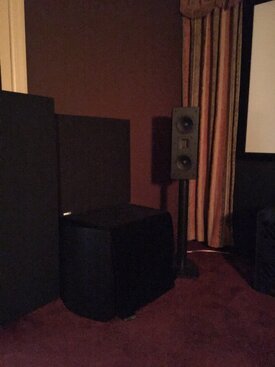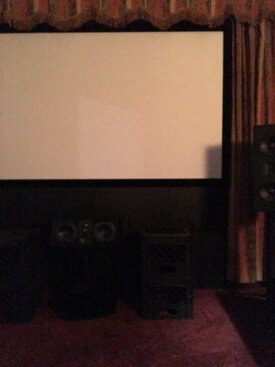Matthew J Poes
AV Addict
Thread Starter
- Joined
- Oct 18, 2017
- Posts
- 1,905
I'm sure all of you have heard about the standards for surround speaker placement. The notion comes from a set of standards derived and adopted by the ITU in the monitoring and mastering of surround recordings. These standards were then translated for home use by groups like THX, Dolby, etc. In fact, I believe THX may have started the notion of an industry standard before the ITU ever adopted anything.
In any case, the issue then becomes, how critical are those angles in your opinion. I fully understand the conceptual reason for having and following them. However we also know that in the real world most people cannot adopt those angles precisely. Do you have any direct experience with this? Ever had a system go from being out of compliance to within compliance and find that the move alone made for a huge difference.

My own experience is a sort of mixed bag in this regard. I have found that the surround location is fairly critical to get proper envelopment, but have also found that raising the surrounds above head level is often preferable for me. Having tried both at ear level and above I have found it preferable to raise the elevation some.
For the fronts, the angle can be 22 degrees (narrower placement) to 30 degrees, standard ITU placement. This does not change as channels are added and is consistent across recommendations. Many are strong adherents to this set of angles., feeling that a deviation causes a loss in the continuity of the sound stage. One thought I have had is that most theaters have many times more speakers than the mastering setup would have (not to say they don't "check" the final master in a real theater) and so the intended final location isn't a match to the mastering studio, yet is ok.
Do your speakers currently meet the ITU standards? If not, which speakers are off? What do you think about that?
In any case, the issue then becomes, how critical are those angles in your opinion. I fully understand the conceptual reason for having and following them. However we also know that in the real world most people cannot adopt those angles precisely. Do you have any direct experience with this? Ever had a system go from being out of compliance to within compliance and find that the move alone made for a huge difference.

My own experience is a sort of mixed bag in this regard. I have found that the surround location is fairly critical to get proper envelopment, but have also found that raising the surrounds above head level is often preferable for me. Having tried both at ear level and above I have found it preferable to raise the elevation some.
For the fronts, the angle can be 22 degrees (narrower placement) to 30 degrees, standard ITU placement. This does not change as channels are added and is consistent across recommendations. Many are strong adherents to this set of angles., feeling that a deviation causes a loss in the continuity of the sound stage. One thought I have had is that most theaters have many times more speakers than the mastering setup would have (not to say they don't "check" the final master in a real theater) and so the intended final location isn't a match to the mastering studio, yet is ok.
Do your speakers currently meet the ITU standards? If not, which speakers are off? What do you think about that?











